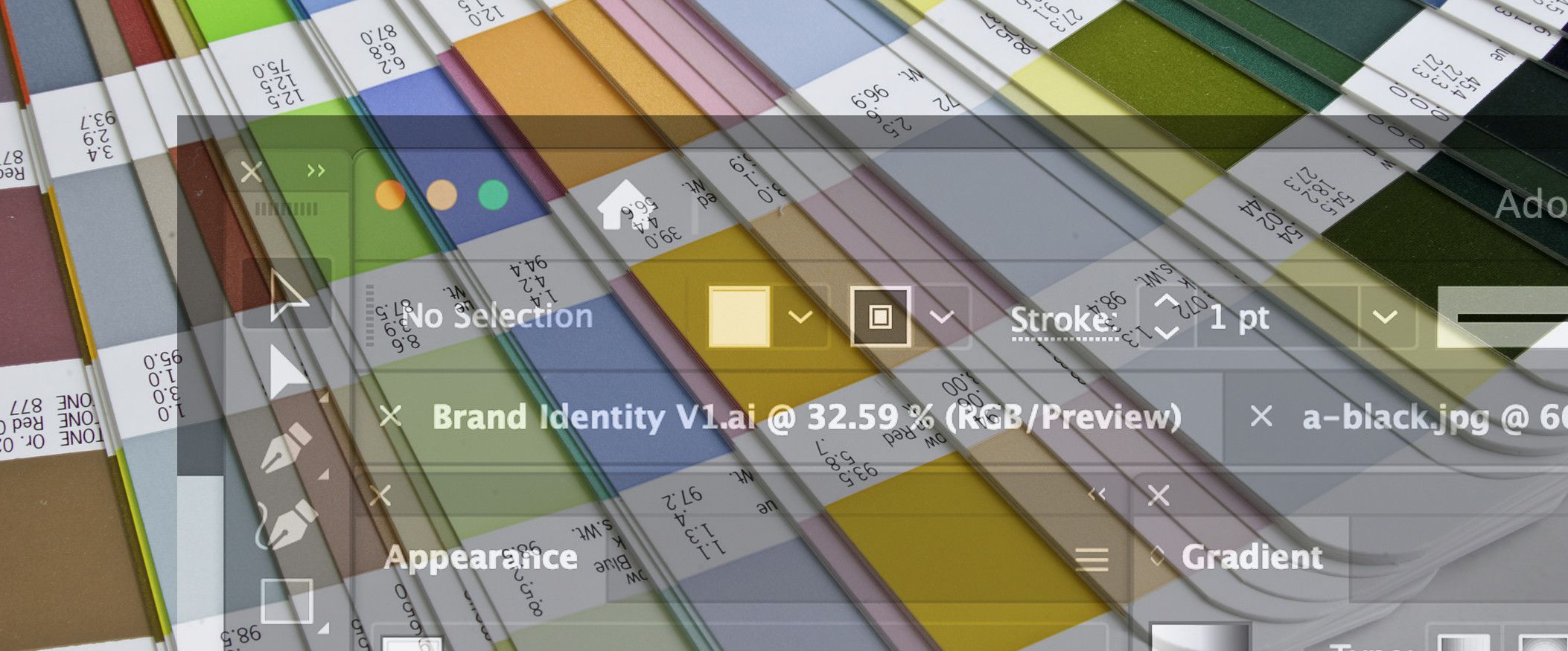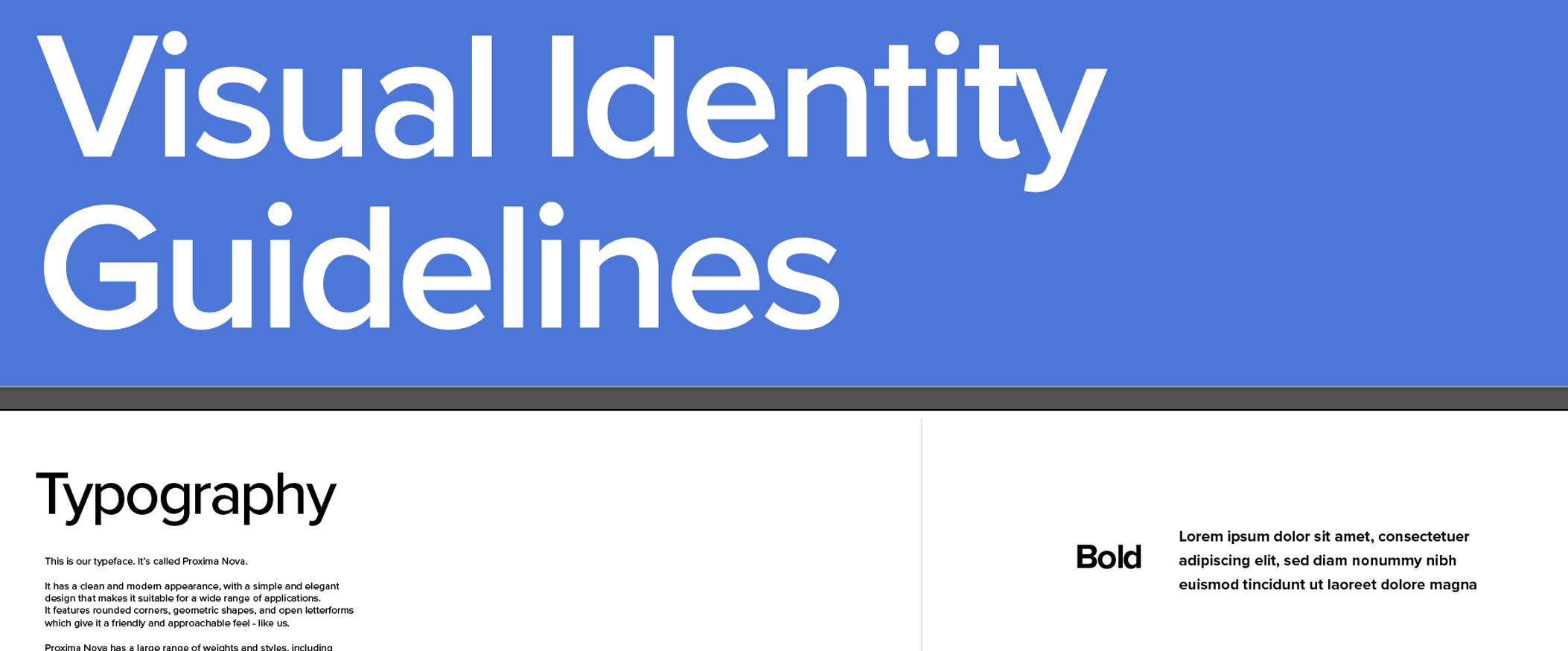
Help! Has anyone seen our brand?
- Discover the subtle signs that your brand is losing impact, both visually and emotionally.
- Fonts, colours, and design styles age - this article explains why staying visually relevant matters.
- Learn how disruptors in your industry could be shifting customer expectations away from your current brand identity.
- Understand how mobile apps and social media are reshaping what modern brand visibility looks like - beyond your corporate signs
- See how a "nip and tuck" brand refresh can be just as effective as a dramatic redesign - if done with purpose.
- Use sales trends, visual benchmarking, and values alignment to assess whether your global brand still resonates.
- A visible, effective brand is built on clarity, collaboration, and consistency - not just good looks.



